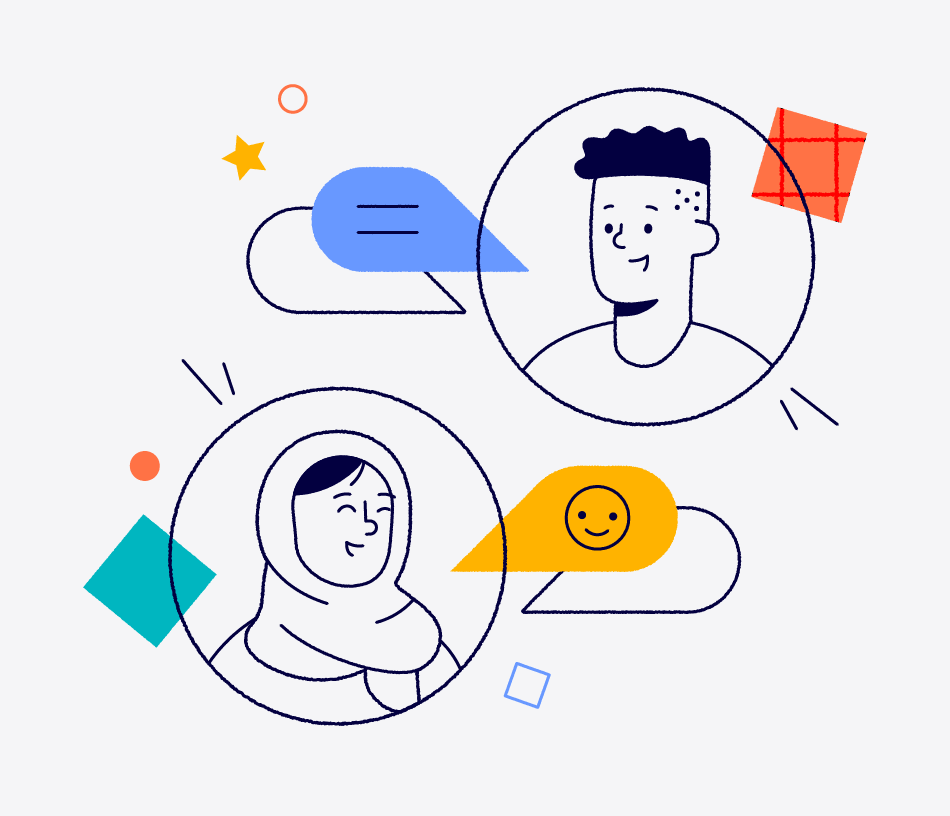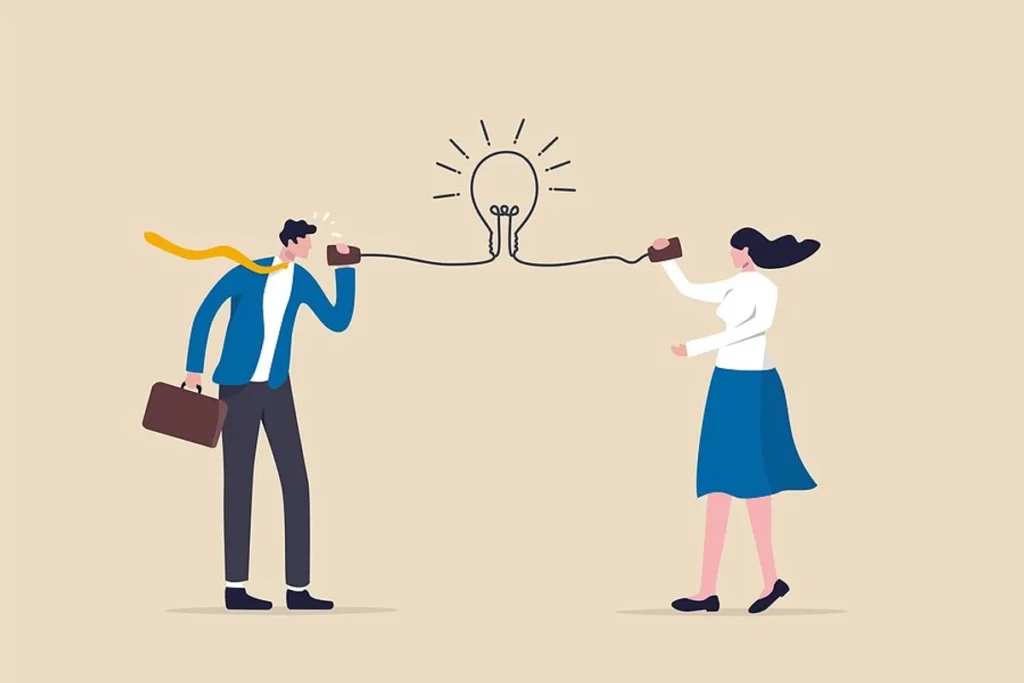Communication and Its Importance
Communications is the process of exchanging information, thoughts, ideas, or emotions between individuals or groups. It is a fundamental aspect of human interaction and plays a crucial role in personal, professional, and social life. Effective communication ensures understanding, builds relationships, and facilitates cooperation.

The importance of communication cannot be overstated. It helps in expressing thoughts, resolving conflicts, making decisions, and achieving goals. In workplaces, communication is key to teamwork, leadership, and productivity. In personal relationships, it fosters understanding and emotional connection. Society as a whole relies on communication to share knowledge, spread culture, and maintain harmony. Without communication, misunderstandings and inefficiencies would arise, leading to chaos and confusion.
Table of Contents
Types of Communications
Communications is the process of exchanging information, ideas, thoughts, or emotions between individuals or groups. It is essential in personal relationships, business, education, and social interactions. Communication can be classified into different types based on the method, medium, and purpose. The main types include verbal, non-verbal, written, visual, and digital communication, each with its own advantages and disadvantages.
1. Verbal Communication

Verbal communication involves the use of spoken or written words to convey a message. It can be further divided into oral (spoken) and written communication.
Advantages of Verbal Communications:
- Immediate Feedback: Allows real-time interaction and quick clarification (e.g., face-to-face conversations, phone calls).
- Emotional Expression: Tone, pitch, and voice modulation help convey emotions effectively.
- Flexibility: Can be adjusted based on the listener’s reactions.
- Builds Relationships: Personal interactions strengthen bonds in social and professional settings.
Disadvantages of Verbal Communications:
- No Permanent Record: Spoken words are not documented unless recorded.
- Misunderstandings: Accents, unclear speech, or language barriers can lead to confusion.
- Limited Reach: Not suitable for large audiences unless amplified (e.g., speeches, broadcasts).
- Distortion: Messages can be altered when passed through multiple people (e.g., rumors).
2. Non-Verbal Communication
Non-verbal communication includes body language, facial expressions, gestures, posture, and eye contact.
Advantages of Non-Verbal Communications:
- Supports Verbal Messages: Enhances understanding (e.g., nodding while saying “yes”).
- Universal Understanding: Some gestures (like smiling) are recognized across cultures.
- Conveys Emotions Better: Facial expressions often reveal true feelings more than words.
- Useful in Silence: Effective where verbal communication is restricted (e.g., libraries, noisy places).
Disadvantages of Non-Verbal Communications:
- Cultural Differences: Gestures can have different meanings in different cultures (e.g., thumbs-up).
- Ambiguity: Can be misinterpreted (e.g., crossed arms may mean defensiveness or just comfort).
- Lack of Clarity: Cannot convey complex information alone.
- No Permanent Record: Unlike written communication, it is not documented.
3. Written Communication

Written communication uses text to share information through emails, letters, reports, and books.
Advantages of Written Communications:
- Permanent Record: Can be stored and referenced later (e.g., contracts, official documents).
- Clear & Precise: Allows careful word selection to avoid ambiguity.
- Wide Reach: Can be distributed to many people (e.g., newspapers, books).
- Legal Validity: Written agreements are legally binding.
Disadvantages of Written Communications:
- Time-Consuming: Takes longer to draft and review compared to verbal communication.
- No Immediate Feedback: Delayed responses can slow decision-making.
- Lack of Emotional Tone: May be misinterpreted without vocal or facial cues.
- Language Barriers: Difficult for illiterate or non-native speakers.
4. Visual Communication
Visual communication uses images, charts, videos, and symbols to convey messages.
Advantages of Visual Communication:
- Easy to Understand: Simplifies complex data (e.g., infographics, diagrams).
- Engaging & Memorable: People retain visual information better than text.
- Universal Appeal: Can transcend language barriers (e.g., traffic signs, emojis).
- Effective in Marketing: Attracts attention in advertisements and social media.
Disadvantages of Visual Communication:
- Requires Interpretation: Some symbols may not be universally understood.
- Can Be Misleading: Poorly designed visuals may distort information.
- Limited Detail: Not suitable for in-depth explanations without text support.
- Costly to Produce: High-quality graphics and videos require resources.
5. Digital Communication
Digital communication involves electronic mediums like emails, social media, and video calls.
Advantages of Digital Communication:
- Fast & Efficient: Instant messaging allows real-time interaction globally.
- Cost-Effective: Reduces expenses on travel and postal services.
- Multimedia Support: Combines text, audio, and visuals (e.g., video calls, GIFs).
- Archiving & Accessibility: Messages can be saved and retrieved easily.
Disadvantages of Digital Communication:
- Privacy Risks: Data breaches and hacking can expose sensitive information.
- Miscommunication: Lack of tone can lead to misunderstandings (e.g., sarcasm in texts).
- Dependence on Technology: Requires internet and devices; technical issues can disrupt communication.
- Overload & Distraction: Excessive notifications can reduce productivity.
The Communication Process
The communication process consists of several key elements that work together to ensure effective message delivery. These elements include the sender, message, medium, receiver, and feedback.
Sender
The sender is the originator of the message. It could be an individual, a group, or an organization. The sender decides what information needs to be conveyed and how to structure the message.
Role of the Sender:
- Identifies the purpose of communication
- Chooses the appropriate words or symbols
- Selects the best medium for delivery
Message
The message is the core idea or information being communicated. It can be verbal, non-verbal, or written. A clear and concise message increases the chances of being understood correctly.
Characteristics of an Effective Message:
- Clear and concise
- Relevant to the receiver
- Free from ambiguity or unnecessary complexity
Medium
The medium is the channel used to transmit the message. It could be spoken (face-to-face, phone), written (email, letter), or visual (gestures, diagrams). The choice of medium depends on the context and the nature of the message.
Common Communication Mediums:
- Oral: Face-to-face, phone, video calls
- Written: Emails, reports, social media
- Non-verbal: Body language, facial expressions
Receiver
The receiver is the person or group for whom the message is intended. Understanding the receiver’s perspective helps in crafting an effective message.
Responsibilities of the Receiver:
- Actively listen or read the message
- Interpret the meaning correctly
- Provide appropriate feedback
Feedback
Feedback is the response given by the receiver to the sender. It ensures that the message was received and understood. Feedback can be verbal, non-verbal, or written.
Importance of Feedback:
- Confirms message clarity
- Helps in improving communication skills
- Encourages interactive and two-way communication
Barriers to Effective Communication
Despite the structured process, several barriers can hinder effective communication. These include:
- Language Barriers: Differences in language or vocabulary can lead to misunderstandings.
- Cultural Barriers: Cultural differences can affect how messages are interpreted.
- Emotional Barriers: Personal emotions like anger or stress can distort communication.
- Physical Barriers: Noise, distance, or technical issues can disrupt communication.
- Lack of Attention: Distractions or lack of interest can reduce message clarity.
Overcoming these barriers requires clarity, active listening, empathy, and choosing the right communication channel.
Conclusion
Communication is a vital aspect of human interaction that facilitates understanding, relationships, and collaboration. Whether through verbal, non-verbal, or written means, effective communication is essential in personal, professional, and social settings. Understanding the communication process and overcoming barriers can enhance the effectiveness of information exchange, leading to better interactions and decision-making.
Frequently Asked Questions (FAQs)
What are the main types of communication?
The main types of communication are
Verbal – Spoken or written words (e.g., talking, emails).
Non-verbal – Body language, gestures, facial expressions.
Written – Texts, reports, letters (permanent records).
Visual – Images, videos, infographics.
Digital – Social media, emails, video calls.
What are the biggest problems in communication?
The biggest problems in communication are
Misunderstandings – Words or gestures can be unclear.
No feedback – Delayed responses (e.g., emails).
Tech issues – Poor internet, device problems.
Cultural differences – Gestures/words mean different things in different places.
What is the best type of communication?
There is no best type of communication, it depends on the situation,
Verbal – Best for quick, personal conversations.
Written – Best for official records.
Visual – Best for explaining complex ideas easily.
Digital – Best for fast, long-distance communication
Related Articles

